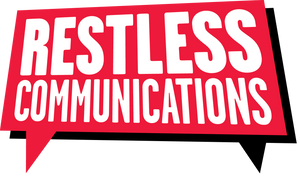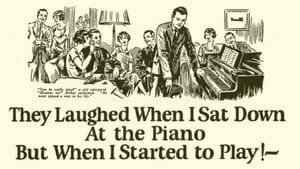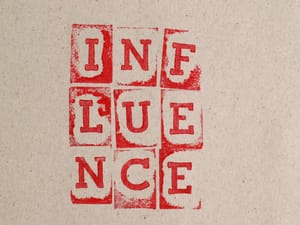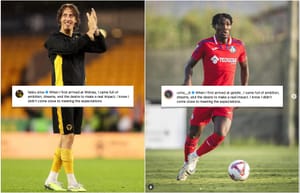John Caples has a lot to answer for. In 1926, the legendary copywriter crafted one of the most famous headlines in advertising: “They laughed when I sat down at the piano... but when I started to play!”
The mystery was irresistible. Readers had to know what happened next. It sold pianos by the truckload and inspired generations of writers chasing that same emotional spark.
Websites like Upworthy and Buzzfeed bottled Caple's lightning, reducing it to a formula. They weaponised the “you won't believe what happened next” style of storytelling. Clickbait and the curiosity gap headline were born.
“Social headlines need to create a curiosity gap. Too vague and I don't care. Too specific, I don't need to click,” Upworthy co-founder, Peter Koechley.
Now, nearly one hundred years on, the internet is gripped by a pandemic of unfulfilled promises. Hack writers can (and do) channel Caples, hooking us into the most mundane articles.
Here are just some examples of curiosity gap headlines in my newsfeed right now:
- "These are the 20 greatest mysteries in history — and number 4 might keep you awake at night." BBC (Spoiler: they aren't and it won't)
- "Why this A-lister is left humiliated by Victoria Beckham's Netflix show." Closer magazine (Spoiler: you've never heard of her, and she wasn't)
- "The tragic reason Diane Keaton always covered her neck and wore hats." The Mirror newspaper (Spoiler: to avoid too much sun)
The price of this junk food journalism is the trust of your readers. A precious, and increasingly rare, commodity. So, if your communications strategy is taking you down that route, I want to stop you now.
Here's why headlines matter
Eight out of ten newspaper readers will notice a headline, while only two will go on to read the story. The hard truth of human attention is that the headline is your story.
First impressions count, and a good headline is always worth the effort. It grabs attention and sparks curiosity. It should touch something real, such as the reader's pain point or self-interest.
Your headline has only to sell the first line of your story. Then, your job as a writer is to reward them for reading on.
That means striking a balance between intrigue that pulls the reader forward and honesty that rewards their attention.
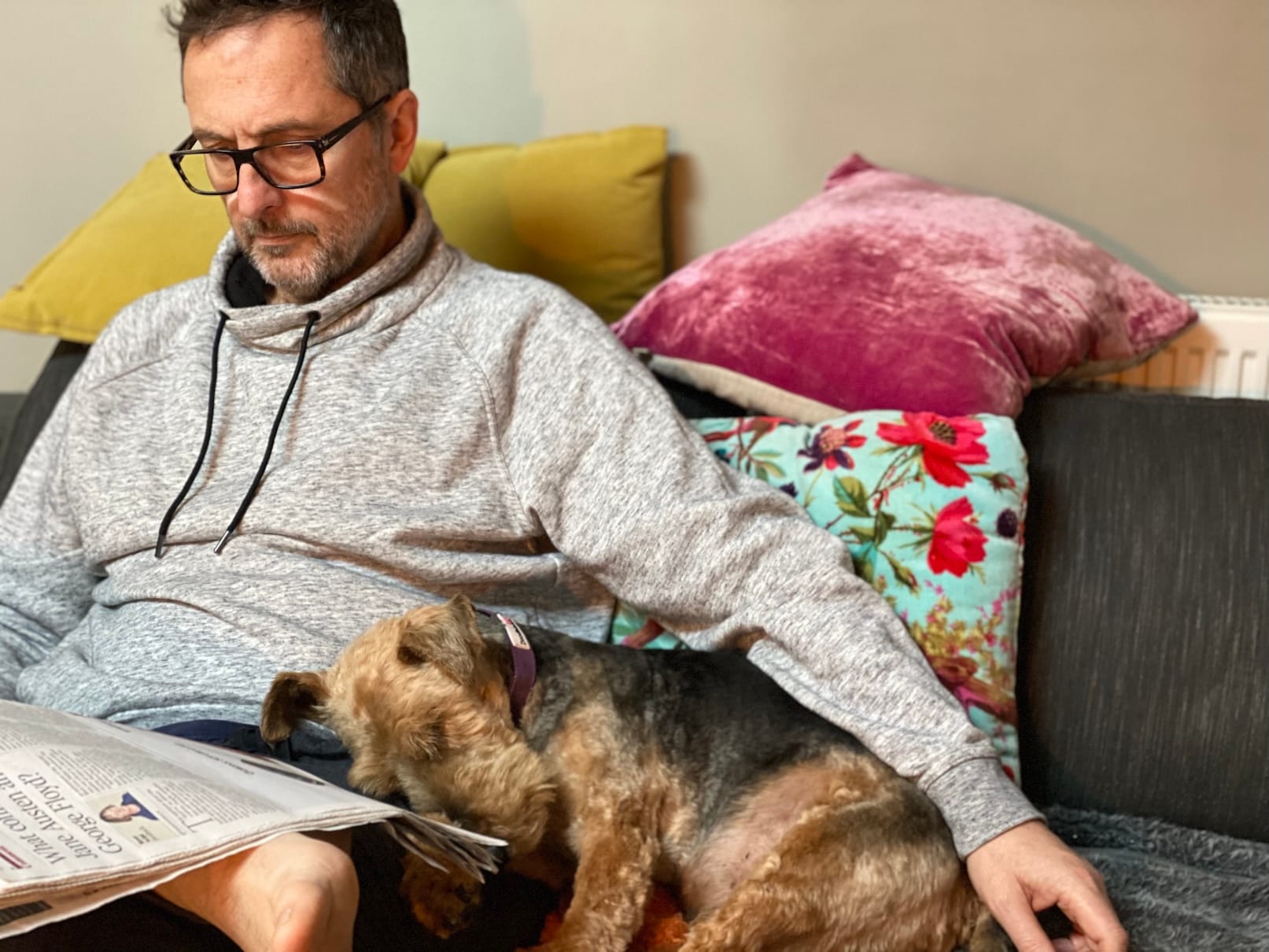
How curiosity headlines break your contract with the reader
A headline is a promise. Break it often for easy clicks and your readers will simply stop coming back. If you want their trust, you have to earn it.
The Reuters Institute reports that just two in five people trust the news, while Edelman's Trust Barometer finds that 70% believe journalists often mislead people.
Readers increasingly feel tricked, rather than served.
Over time, that churns loyalty and trains audiences to skim, not engage. The bottom line for communications professionals is that headlines aren't traps, they're a contract.
Do it well and you're making a clear promise. If you keep it with honest, interesting body copy, then you have earned the right to ask for your reader's attention next time.

How to write headlines that hook without lying
After all the work you put into your copy, the worst outcome is losing the reader before the first line. It’s never been easier for them to scroll, swipe or move on.
Headline writing is not easy. But the antidote to clickbait doesn’t need to be dull. A good headline should build the reader's excitement.
Caples’ piano headline worked because it invited the reader in, and rewarded them for coming. With practice you can do the same.
In the meantime, here are some journalistic tricks to help you hone your headline skills, while keeping your honesty intact. These hooks are tried and tested ways to attract readers without cheating them.
1. The Statistic Hook
Numbers give your story instant credibility, but they also need emotional context. The best stats shock and explain. So, don’t just drop a number, apply a narrative.
Example: “Half of young adults get their news from TikTok — and half don’t trust it.” (Reuters Institute)
2 . The Quotation Hook
Let someone else in your story say the remarkable thing first. A strong, attributable quote provides voice, immediacy and authority.
Example: “The truth is the first casualty of speed,” said the BBC editor... and she was proven right.
3. The Anecdote Hook
People care about people, not policies or abstractions. Make the issue human by starting with a personal story and you’ll grab your reader’s attention.
Example: “When my 80-year-old mum asked ChatGPT to write her letter of complaint, I knew AI had jumped the shark.”
4. The Question Hook
Questions turns passive readers into active thinkers. Avoid yes/no questions and pointless teasers. Ask something that readers can only resolve by staying with you.
Example: “If everyone’s talking about authenticity, why does everything sound the same?”
5. The Statement Hook
Clarity is magnetic. A bold statement pulls readers in even (or especially) if they disagree. Then it's your job to back it up.
Example: “Clickbait isn’t clever. It’s cowardly.”
Writing a great headline isn’t about gaming the algorithm, it’s about respecting the reader. Get it right and they'll be glad they clicked.
If your headlines aren’t landing, or your stories aren’t holding attention, we can help. Get in touch, and we’ll help you make every word earn its place.
